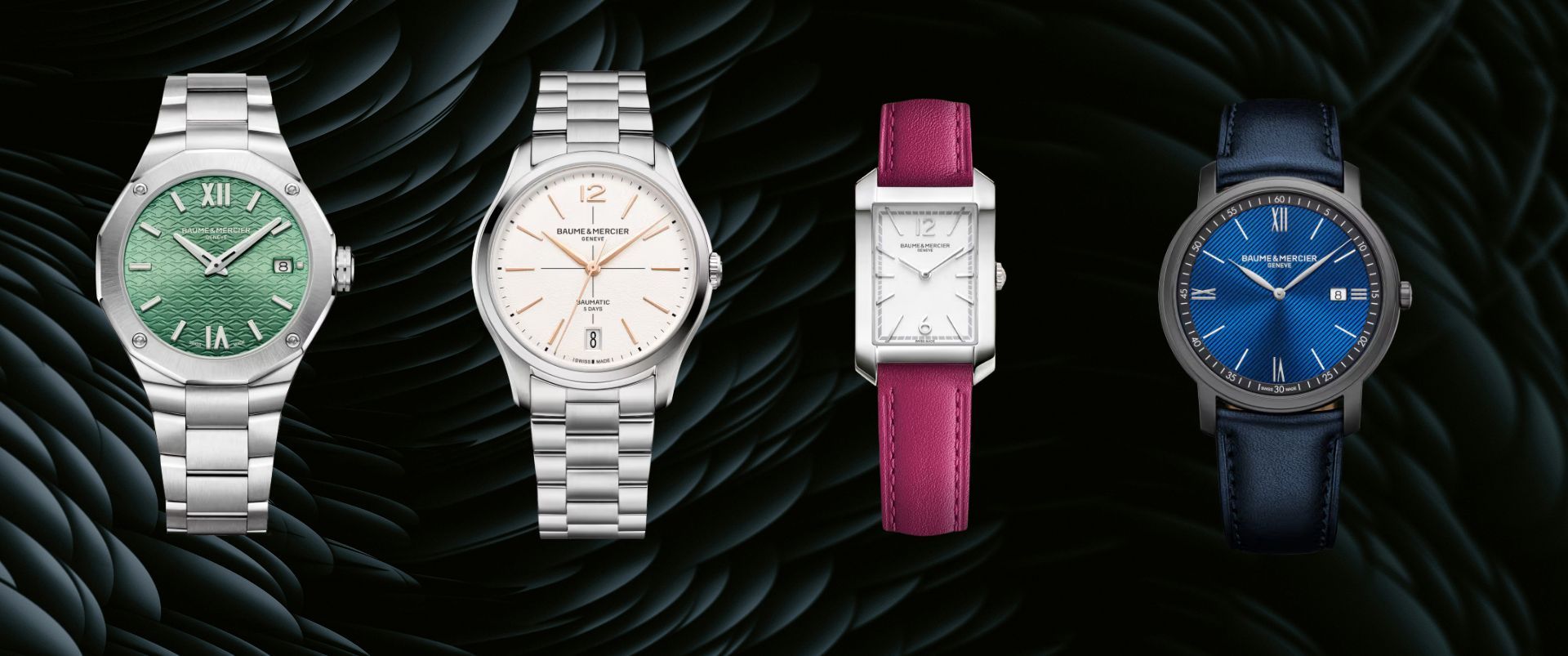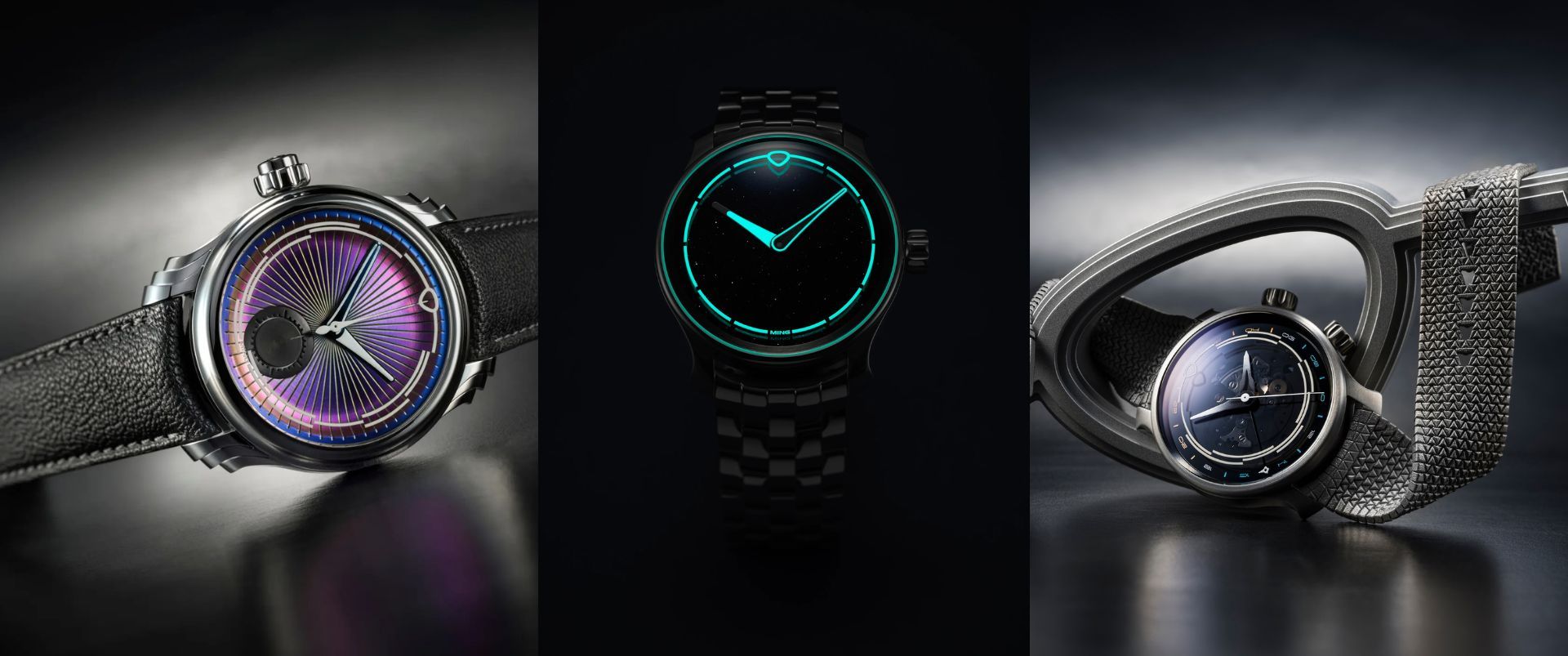Marking The Hours With Anthony Serpry, Director, R&D, Panerai On Decoding The Technology Behind The Trend
Drawing from its rich archives of Radiomir and Luminor compounds that made early innovations in the field of luminescence, Panerai launched the new Submersible Elux LAB-ID which can literally brighten your day. In its relentless pursuit of innovation, Panerai identified Elux, a technology historically patented on June 15, 1966 as a result of years of diligent research, marking a significant leap forward in the field of luminescence. Cut to 2024, bringing that same zeal for innovation has led to one of the most interesting concept watches from the Maison’s repertoire. We caught up with Anthony Serpry, Director of Research and Development, Panerai to understand the inner workings of the new Submersible Elux LAB-ID.

THM: The Elux technology used in the watch was first created in 1966. How did you tweak this heritage technology to make it relevant to Panerai’s latest innovation-the Elux Lab ID?
Anthony: The Elux technology is based on the concept of electroluminescence. When the technology was first introduced it was very different from the range we offer today. Today, we use high performance micro LED which are much more efficient than what they were 60 odd years ago. The name, the concept is the same, but the underlying technology is a bit different. Panerai began at the request of the Italian Navy that wanted us to create watertight watches that were highly readable for frogmen. This required luminosity and our endeavor has always been to constantly improve our efforts. For this watch we took the route of Elux because we are making progress from time to time on superluminova which is a general material that everybody is using for luminescence today. To make the watch even more luminous, we had to go to another technology, to go to electro-luminescence, and that was the initial reason for developing the modern Elux.
THM: Panerai researched for 8 years before developing this technology and releasing it. Any major challenges?
Anthony: We faced three main technological challenges to develop this watch. The first one was to store the mechanical energy and to convert it into electricity. The second challenge was to illuminate the ends because we are moving 300 degrees. It's a continuous motion, so we need to bring the light or the electricity into the end without stopping them. So that was challenge number two. And the third challenge was eliminating the bezel, because the bezel sits outside of the case outside of the case that contains the movement. So we had to bring electricity outside of the case while maintaining the water resistance. As you know, Elux is a 500 meter water resistant watch which is pretty powerful. So we had to bring this electricity into the vessel without compromising on the specific points. So these were the three key technological challenges.
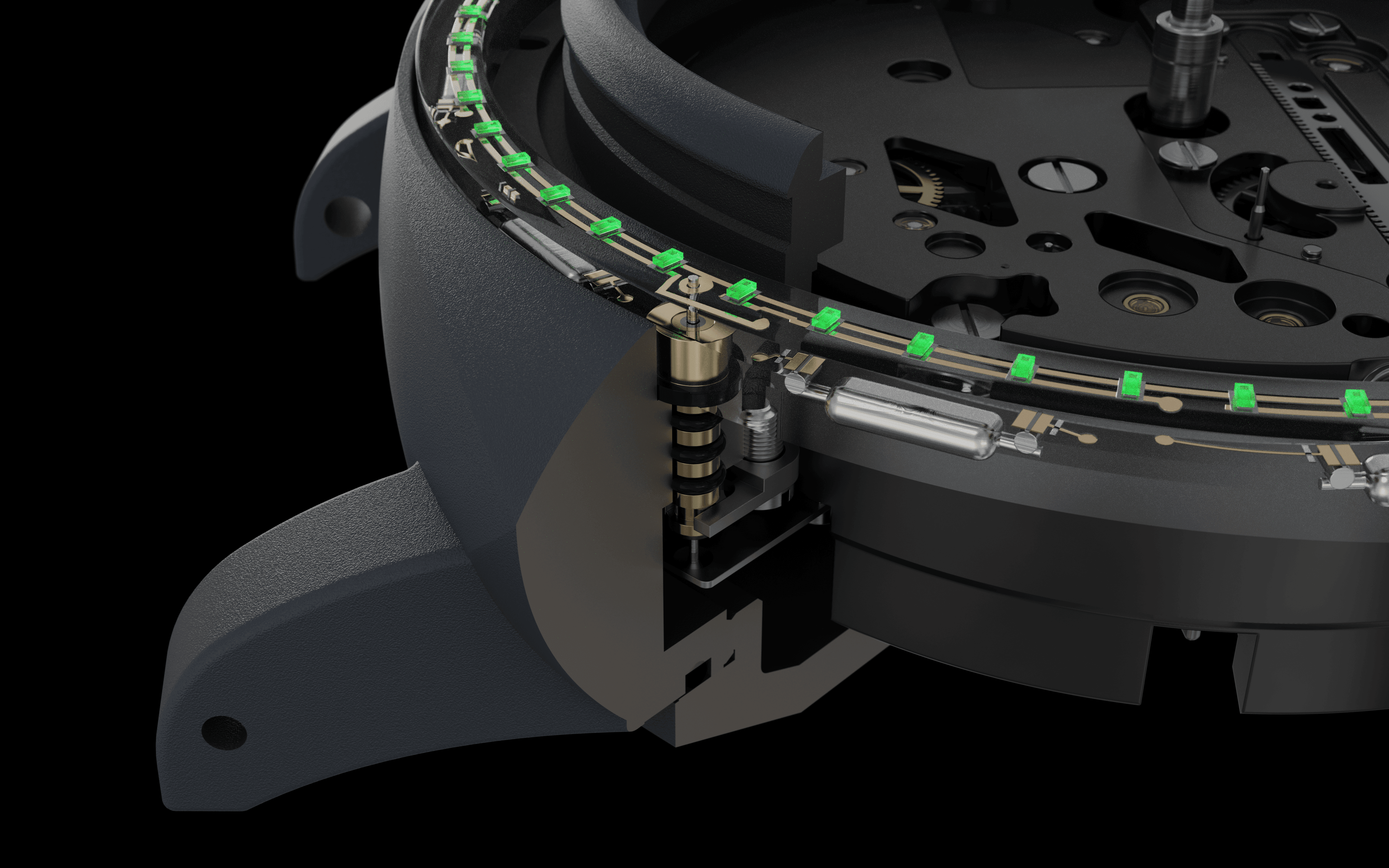
THM: In the watch by itself the lume of the indices and other elements are lit from underneath, but in the hands they are lit differently. Why is that?
Anthony: Yes, not sure if everyone noticed it but it’s true that there is a difference. When you go into night view without activating the power light function, we have Superluminova on the exterior of every indexes and on the ends and on the bezel. So this is classical Superluminova.in this case, it's Superluminova X2, which we are the first to introduce this year in collaboration with RCT Tech, which is the supplier of Swiss Superluminova for every major brand. And then when you activate the power lighting system, of course you have to open the protection and then you press and then you have this night view with electro-luminescence. So as you mentioned, this electro-luminescence comes from micro-LEDs that are placed below the dial, below the bezel, and on the end it's a bit particular. It's below, but it's on the side of the canon. So it's a decomposition of the minute hand. The base of the hand, we have included five micro LEDs that are weighted on a contact, on an electrical contact. So these are the golden tracks that you can see. And basically, the light will shine from these five micro LEDs.
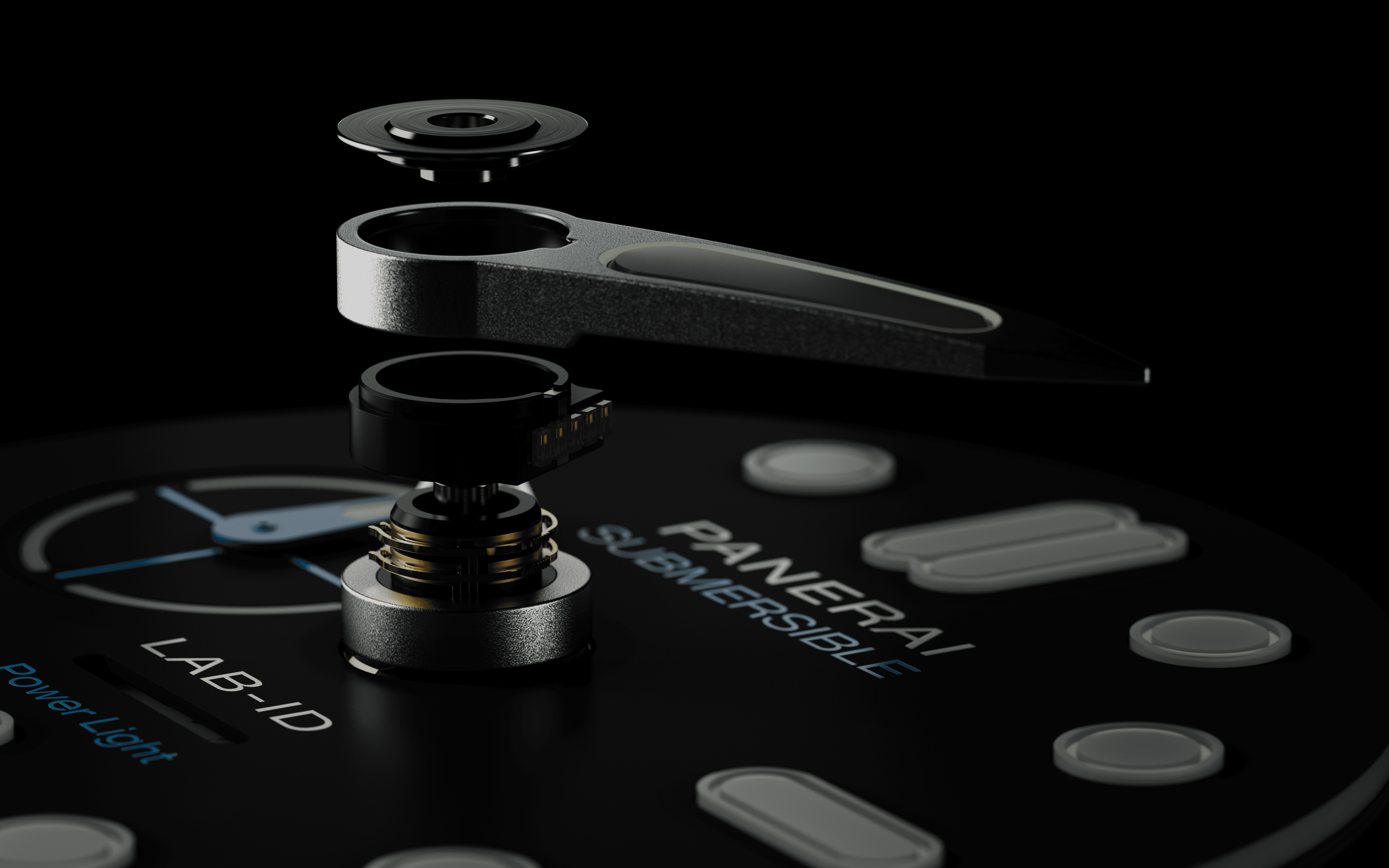
THM: It is a relatively large case, why 49mm?
Anthony: I would say it's not an initial strategic choice. It was a bit of an upper limit of what we could go. We could have done it a bit lower in diameter, but then the thickness would have stayed the same, so it would have been a bit unbalanced if we would have had a smaller diameter but still the same thickness. The thickness is really driven by two things. The first thing is that to store the energy for the power light function, we have on top of the two barrels that are on the low end side of the picture, on top of it we have four barrels that are dedicated to storing the energy for the power light function. So this takes some thickness and basically it basically doubles the thickness of our base movement, I would say. A similar movement without the polarize function would be at Panerai around 5 mm. With the addition of these two barrels, we are a bit above 10 mm just for the movement. And then as you could see, the ends are pretty thick as well. The die is a bit thicker, but it's maybe like a half a millimeter additional versus a traditional one. But the ends are quite thick because we have all this complex scheme of electrical connection plus the micro LEDs that are welded on the side of the end. So it's really the combination of the additional thickness of the movement and the additional thickness of the end that give us this total thickness of the watch which is around 21 mm. And the diameter, maybe we could have done it a bit smaller, but it would not have been really well proportioned if we would have gone for a smaller diameter.
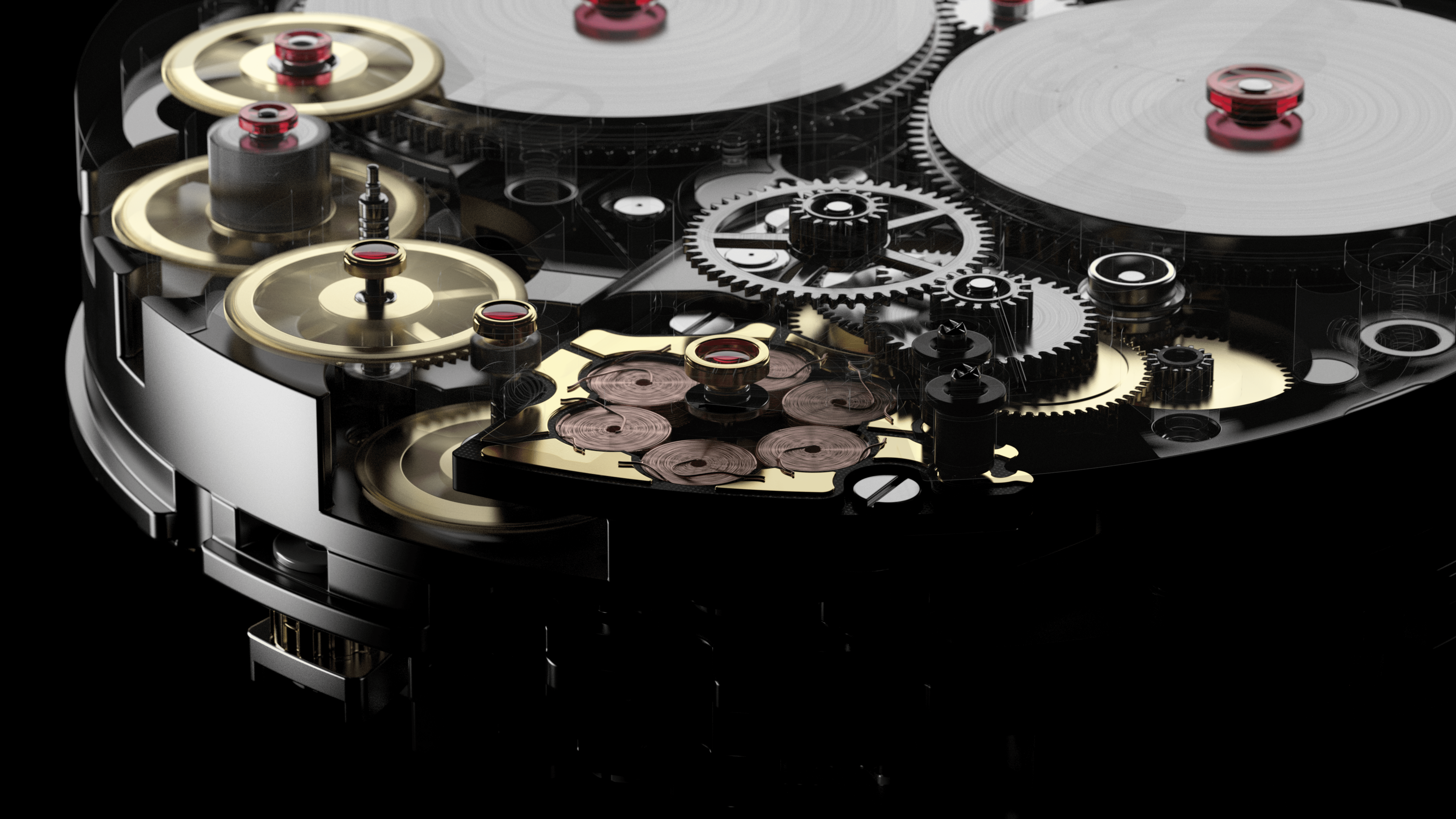
THM: What is the idea behind creating electro luminescence to a mechanical watch?
Anthony: Our main thought process behind this was can we beat superluminova? We wanted to create a durable watch and knew a battery operated watch cannot last more than 10 years. That was too short a time frame for us as Panerai watches are known for lasting forever. We till date see watches that were bought in the 30’s working perfectly as these watches are highly durable. A battery operated watch would be obsolete within 10 years and cannot be passed on through generations. So keeping these factors in mind, we created a mechanically driven electro luminescence watch.
No articles found

